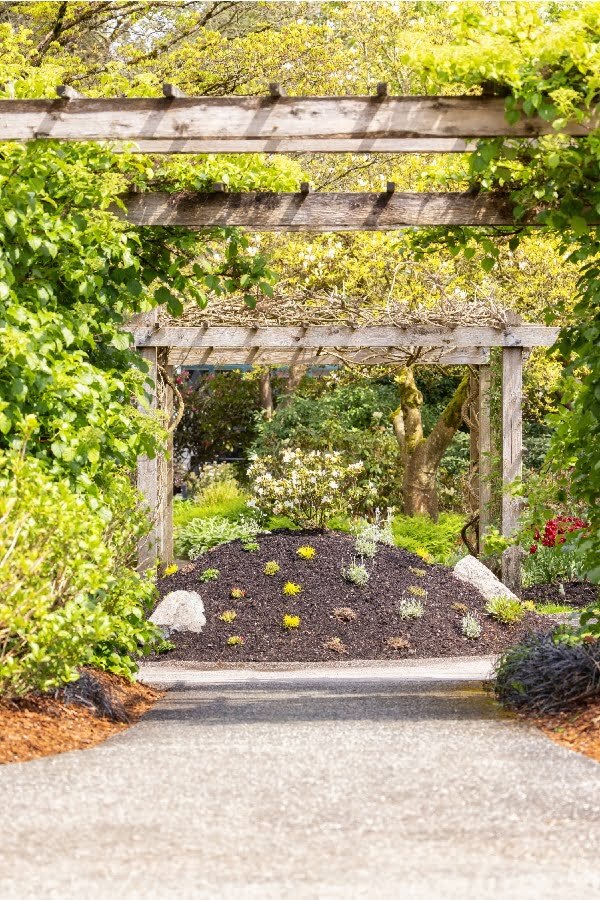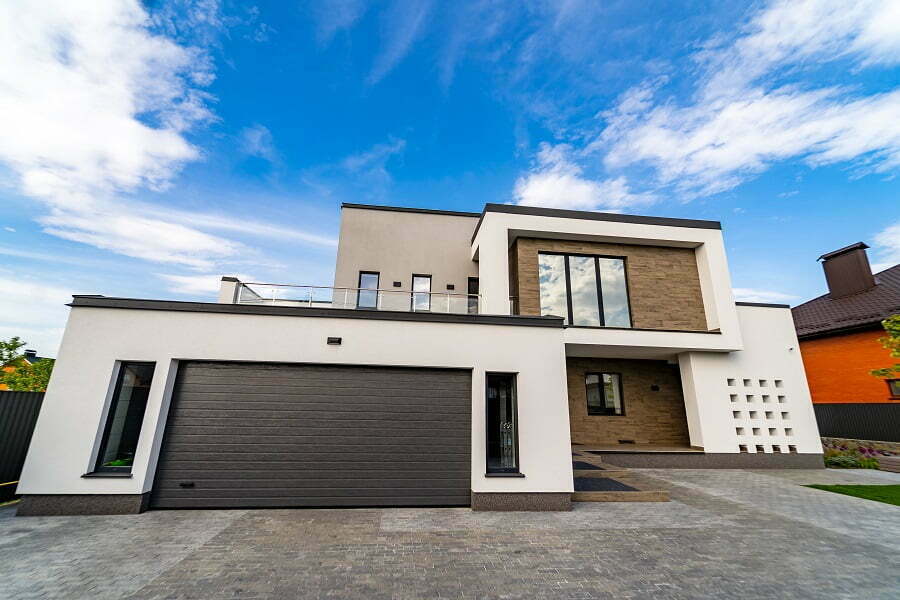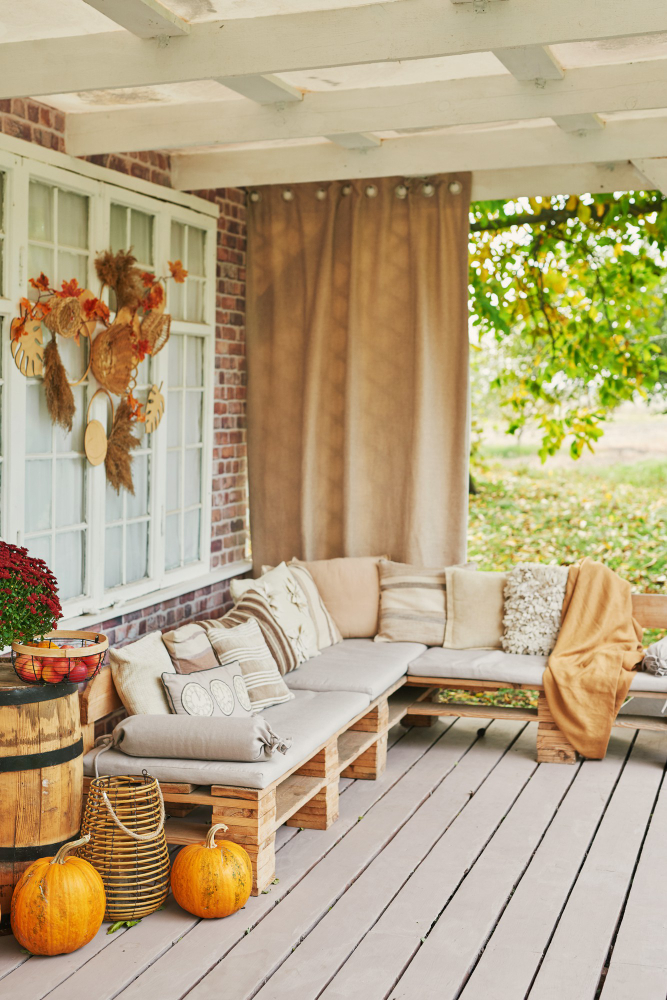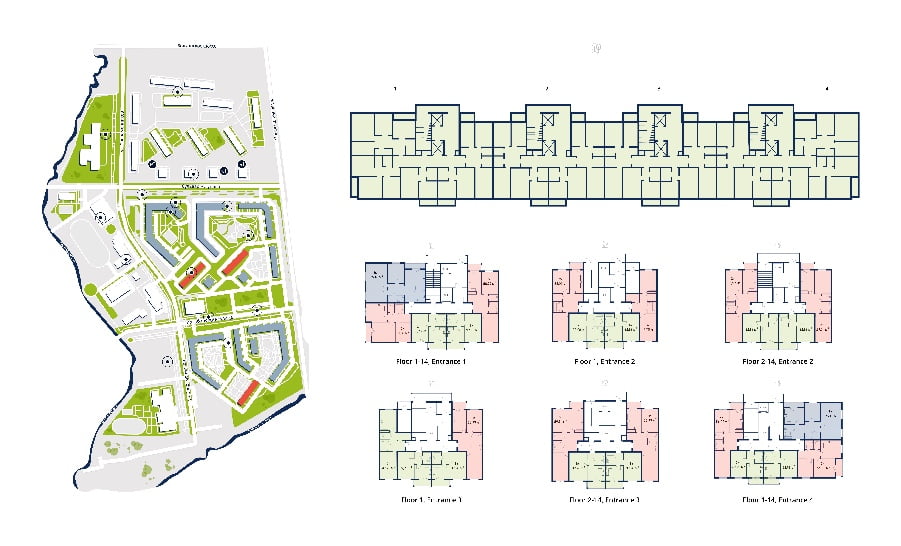Last updated on
Here’s how to plan your new garden design step by step. Read on!
A garden renovation can be a rewarding and fulfilling project, but it requires careful planning and thoughtful execution to achieve the desired results.
So, whether you’re a seasoned gardener looking to refresh your outdoor space or a complete beginner eager to create your own green oasis, these tips will help you transform your garden into a stunning and functional paradise.
Landscaping vs. Hardscaping

Landscaping and hardscaping are two essential components of outdoor design, each contributing distinct elements to create a harmonious and functional outdoor space.
Hardscaping deals with the non-living, hard elements of a landscape, including pathways, patios, retaining walls, decks, pergolas, and other structures. If you’re planning to build a beautiful patio, make sure to use a stone calculator to accurately estimate the amount of material needed. Hardscaping materials like stone, concrete, wood, and bricks are chosen for their durability, and they add texture and visual interest to the overall design.
Landscaping, on the other hand, primarily focuses on the soft, living aspects of a garden, such as plants, flowers, trees, and grass. It involves the art of arranging and selecting vegetation to enhance the beauty, aesthetics, and ecological balance of the area. Landscaping also considers factors like soil quality, drainage, and the climate of the region to ensure the longevity and health of the greenery.
Designing Your Dream Garden

Designing your garden is both exciting and crucial to a successful renovation. Start by sketching a rough layout of your garden, incorporating the different elements you want to include.
Consider the placement of pathways, seating areas, flowerbeds, and any other structures like pergolas or garden sheds. Pay attention to creating focal points and visual interest to make your garden visually appealing. Don’t forget to choose plants that are suitable for your climate and complement each other in terms of color, texture, and height.
Setting Goals and Creating a Budget
Take a walk through your garden and identify its strengths and weaknesses. Note down which plants are thriving and which ones are struggling.
Consider the amount of sunlight each area receives throughout the day, as well as any potential problem areas such as poor drainage or excessive shade. Then, clearly define your goals for the garden makeover.
Are you looking to create a cozy space for relaxation, a vegetable garden to grow your produce, or a vibrant flower garden to attract pollinators? Setting specific goals will give your renovation a clear direction.
Additionally, create a budget for your project, taking into account materials, plants, tools, and any professional help you might need. Stick to your budget as much as possible to avoid overspending and unnecessary expenses.
Implementing the Renovation
With a solid plan in hand, it’s time to put your garden renovation into action. Begin by preparing the soil and clearing out any unwanted vegetation. Install hardscaping elements such as pathways and borders before planting new shrubs, trees, and flowers.
If you’re unsure about certain aspects of the renovation, seek advice from a professional landscaper or a local garden center. Regular maintenance and watering will be essential as your new garden takes root and flourishes.
A successful garden renovation requires careful thought, planning, and attention to detail. By assessing your current garden, setting clear goals, designing thoughtfully, and implementing your plan diligently, you can transform your outdoor space into a breathtaking and functional haven.
Remember that gardening is a process of patience and creativity, so allow yourself to experiment and adapt as your garden grows.
Related reading:
Table of Contents





